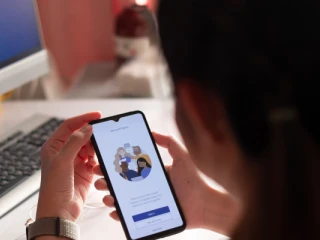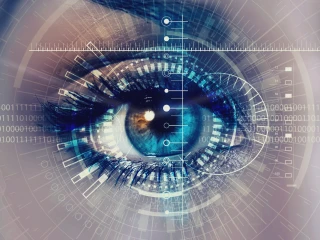Advantages of learning in the social domain
Within the system, you can create channels and groups. Employees can connect prior to the event, whereas trainers and coaches are able to interact before, during and after the training. All content is registered and readily available for consultation afterwards. That is how social learning becomes measurable.
This way, you also bring social learning to the forefront. By asking to complete and post a certain task, its content and interactions are visible to the entire learning community. You can incentivize with rewards and certificates, possibly even introduce several levels.
The ‘classroom’ or the learning channel door does not close within the social context. When, after a while, new updates are available, you follow the same flow and share the new material with the intended learning community. Continuous learning guaranteed.
Dimitri: “Learning leadership is an important concept, which acts as a trigger. Leaders can act as trainer, and the same goes for team managers and team members – those people who are appreciated for their expertise. Learning takes place in teams, teacher becomes pupil, pupil becomes teacher. Social learning is all about doing. Trying. Posting actions. Reacting. Peer pressure forces you to engage. Be sure though to ask for commitment at the start of the process. You do not make it mandatory, but you make people think why they want to take part in the learning process. Setting up projects where you blend synchronous and asynchronous formal learning with informal and social learning, comes with a price tag. But it makes learning people-centric again. The momentum is here, but in the words of Albert Einstein: ‘Learning is an experience, everything else is information’.”



